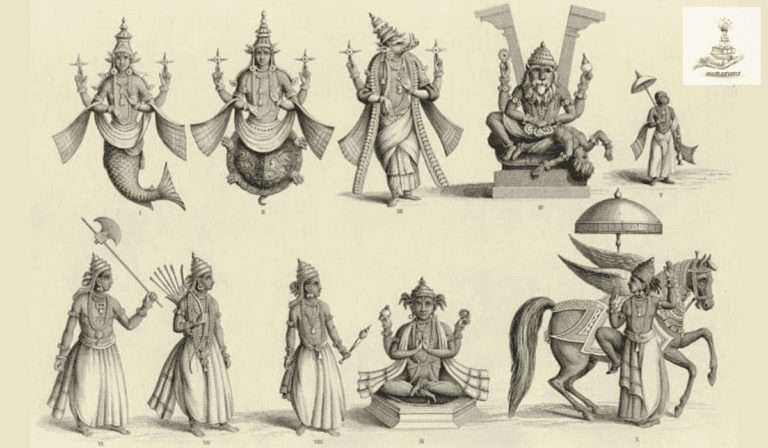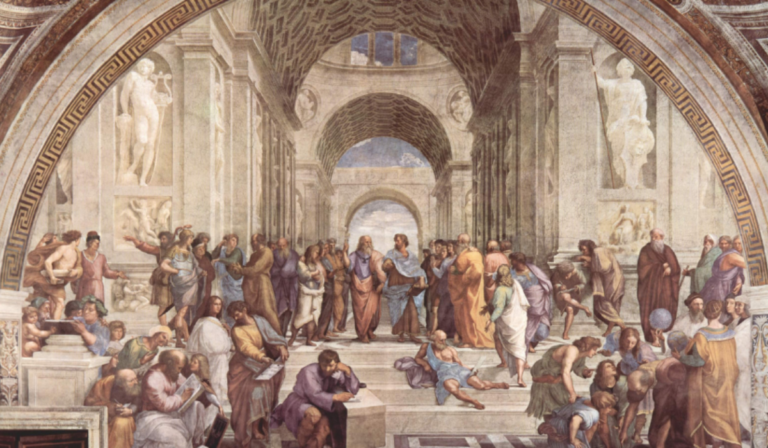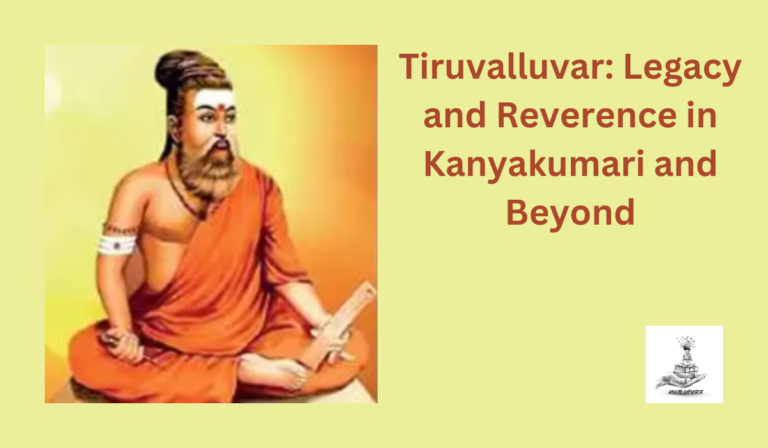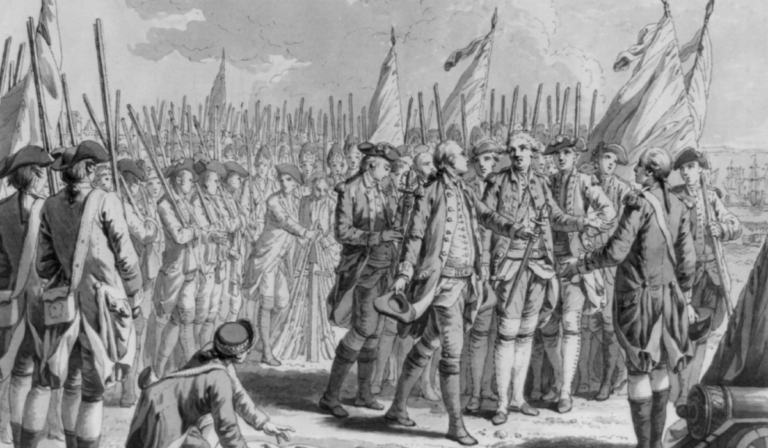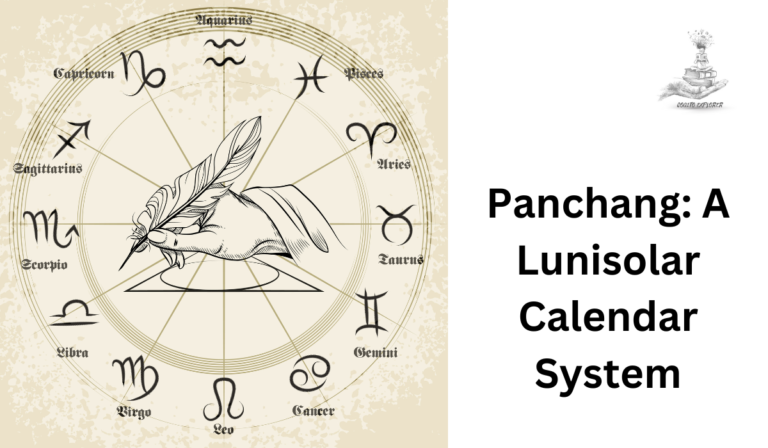A Journey Towards Bharat: India A Demeaned Legacy

India, that is Bharat, shall be a Union of States
Although the name Bharat is officially recognized as one of the names for the Republic of India in its constitution. It is rarely used especially in the city centers. Legendary politician Lalu Prasad Yadav was once seen drawing parallels to the genteel Delhi with India and modest Bihar with Bharat while talking about twigs being used to clean teeth.
In simple words, the term India has become an indicator of forwardness over time. The reason for such a notion is because of its origin, the West, which is seen as the leader in advancements. Endowed with extensive knowledge and wielding formidable capabilities surpassing our own. Let us keep the discussion about these conceptions. The perspective shaping, concepts of the global north and global south, etc for another time. The present discussion will revolve around our journey from Bharat to India and the present need to trace back to Bharat again.
Emergence and Evolution of Terms
In a Linguistic Perspective, the term “Bharat” is derived from the Sanskrit word “Bharata“, and is linked to the root “bhr” or “bhar,” which means to bear/ to uphold. In this context, it signifies a land that is well-supported or well-sustained. The Mythological Connection to the term is traced to the time of Mahabharata, Bharata was a ruler of the entire subcontinent in ancient times. His lineage is often associated with the creation of the Bharata Varsha (land of Bharata), which later became known as Bharat.
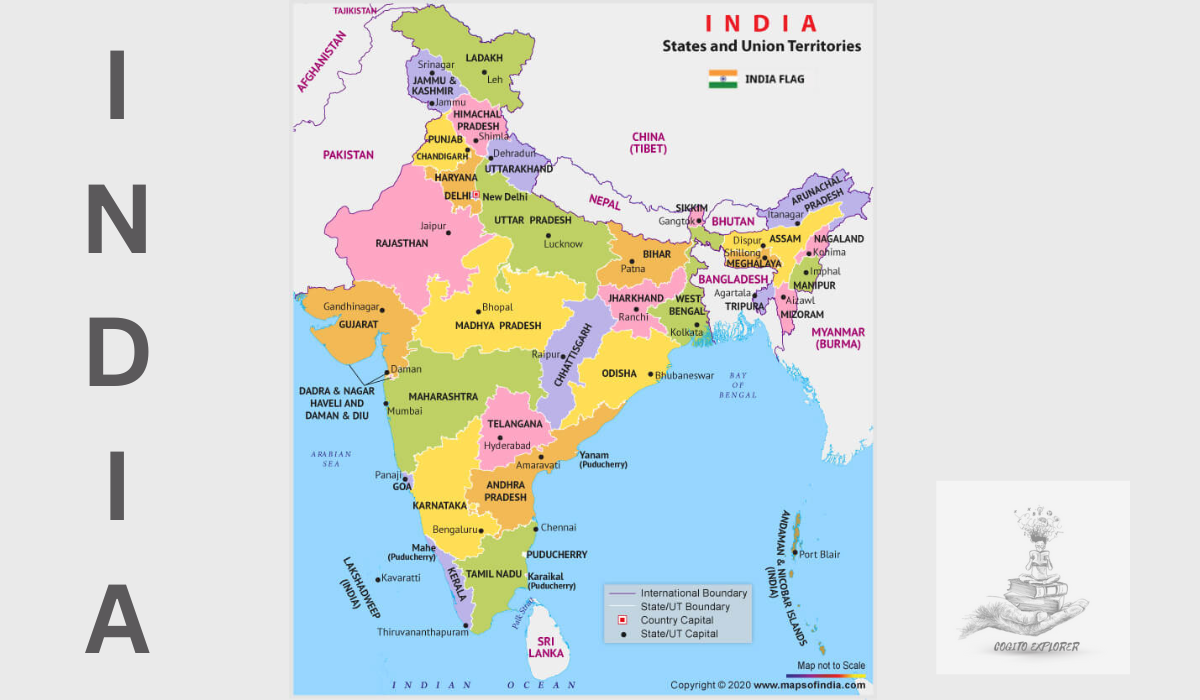
On the other hand, the accounts of Greek historians and geographers, along with the writings of travelers contributed to shaping Western perceptions of India. The term ‘INDIA‘ gained currency in the Western world through these Greek-influenced narratives, and it persisted through subsequent centuries. It is believed to have been derived from the Greek word “Indike“, which means the land of the Indus. Ancient Greek historians and writers, including Herodotus and Arrian, used this term to refer to the region beyond the River Indus, encompassing parts of modern-day Pakistan and northwest India.
The Beginning
The history of the term begins with the conquests of Alexander the Great, the Macedonian conqueror who undertook an ambitious campaign, to conquer the world, in the 4th century BCE. During his conquests, Alexander’s armies reached the northwest regions of the Indian subcontinent. After Alexander died in 323 BCE, his empire was divided among his generals, leading to the formation of various Hellenistic kingdoms. The Seleucid Empire, one of these successor states, maintained contact with the Indian subcontinent. One of such contacts is through Megasthenes, a Greek ambassador to the court of the emperor Chandragupta Maurya. He was the earliest to use the term India in context to Bharat. He wrote a work titled “Indika“. Although the original text is lost, later writers quoted Megasthenes extensively. His writings contributed to the Greek understanding of India and its cultural, social, and geographical aspects.
Shifting Narratives Regarding the Term
While many Greek narratives about India have been lost over time, some accounts and excerpts have survived through later writers and historians. Here are a few examples:
Megasthenes on Indian Governance: “Megasthenes says that the government is a monarchy, but, unlike the despotic monarchy of Persia, it is a paternal monarchy. The people willingly obey their king because they love him, and they believe that obedience to the king in all things is pleasing to the gods.”
This description emphasizes the benevolent and paternalistic nature of the Mauryan monarchy, as perceived by Megasthenes.
Caste System in Megasthenes’ Account: “Megasthenes states that there are seven castes in India, beginning with the philosophers, who are the highest, and descending through the farmers, soldiers, herdsmen, artisans, magistrates, and councilors, to the mechanics and counselors.”
Megasthenes provided an early account of the caste system, highlighting the stratification of society based on different occupations.
Megasthenes on Indian Agriculture: “Megasthenes describes the fertility of the land, saying that the soil yields two crops in the year, and sometimes three.”
This observation highlights Megasthenes’ recognition of the agricultural prosperity in certain regions of ancient India.
“India has great rivers, the greatest of all being the Ganges. Its breadth is thirty stadia, its depth one hundred fathoms, and it is not navigable except on rafts.”
This description of the Ganges River reflects the fascination with the size and grandeur of Indian geographical features.
Arrian, a Greek historian of the 2nd century CE, wrote “Indica” based on Megasthenes’ work. He included various aspects of Indian society and geography. One excerpt reflects Arrian’s observations of Indian customs and beliefs.
“And they have a great reverence for all life. For this reason, they accord mercy even to those who have committed grievous crimes. They think that they will obtain pardon for their sins in this way. Some men among them stave off hunger by feeding upon leaves. They also have the custom, when anyone is condemned to death, to let him have a young woman as his companion for the night.”
Claudius Ptolemy, a Greek geographer of the 2nd century CE, compiled a comprehensive work known as “Geographia.” In this work, he included maps and descriptions of various regions, including India. Ptolemy’s Geography played a significant role in disseminating knowledge about the Indian subcontinent among the Greeks. Later Roman scholars. An excerpt related to the location of India on Ptolemy’s map:
“At the extreme part of the world is the region occupied by very strong men, whom, because of their strength, we have called by the name of the ancient giants; and at the extreme south, the region occupied by the very small men, who are called pygmies“.
Ptolemy’s map also includes references to mythical elements, showcasing the blend of geographical knowledge and speculative ideas.
Herodotus, often considered the “Father of History,” lived in the 5th century BCE. While he did not visit India, he included information about the subcontinent in his work “Histories“. One notable excerpt is about the wealth of India:
“Of all the tribes I have mentioned, as of all other tribes that I have not mentioned, except the Massagetai only, the Indians are by far the richest in gold“.
Herodotus’ emphasis on Indian wealth contributed to the perception of India as a land of abundance.
Strabo, a Greek geographer, and historian from the 1st century BCE, wrote “Geography“, which included information about India. He discussed various aspects, including Indian customs. An excerpt regarding Indian philosophy:
“The Brahmans, who are philosophers and theologians, hold their discourses in the Indian language; and their sacred books are written in this language.”
Strabo’s work provides insights into the intellectual and religious life of ancient India.
Pliny the Elder, a Roman author and naturalist of the 1st century CE, drew on earlier Greek sources. In “Naturalis Historia“, he mentioned India and its products. An excerpt on Indian spices:
“The most costly spices are brought from Arabia and India. They are, first, cinnamon; next, cassia, amomum, myrrh, and Indian spikenard.”
Pliny’s account reflects the ancient trade connections and the perception of India as a source of valuable goods.
These examples showcase the variety of Greek and Roman narratives about India. Covering topics such as wealth, customs, philosophy, and natural resources. While these accounts may contain elements of exaggeration or cultural interpretation. They have contributed to the historical understanding of India in the classical world. The references were not always positive, some were critical of customs and beliefs too.
The current narrative
However, these narratives changed with the advent of European powers to the subcontinent and their exploitation of over two centuries of the people, land resources, etc. This changed the economy of the land and the narrative of people in the West. The land once known for its wealth and valuable goods is reduced to the land of poverty. Where the air smells of suffering and the water of hunger.
The induced famines during colonial rule and their worldwide coverage shaped the narrative about the land that it is today. The name might be seen as indicative of forwardness to Indians. The narrative set during the colonial period is encoded with the name. It is evident from the fact that how India is portrayed in Western media. A recent Study in the UK highlights cultural biases or prejudice the British Indians experience in the UK due to the media’s focus on cows, curry, and caste from a colonial perspective while portraying Indians.
Thus there are two perspectives to see the nomenclature related to the term India. One is prevalent in the land outside shaped during the colonial period. The other is prevalent within the land that arose during the misery of the same period. That took shape after the escudos of the colonial powers. Though the land had been declared independent of any foreign rule the cultural exploitation by the Britishers had led to the emergence of linguistic narratives. Such as the one discussed above by Mr. Yadav. It could be seen as a gift from the Greeks but it was never our identity. Thus there is an evident desire to shift back to the cultural legacy of the land, away from the narratives that had settled into the annals of the world.
Conclusion
The yearning to adopt the name Bharat reflects a desire to connect with the ancient roots of the land. It serves as a reminder of the rich heritage and continuity that have shaped the identity of the subcontinent over millennia. It’s time to trace back to the nomenclature that had given the narratives of the Golden bird or land of wealth and prosperity to us.



